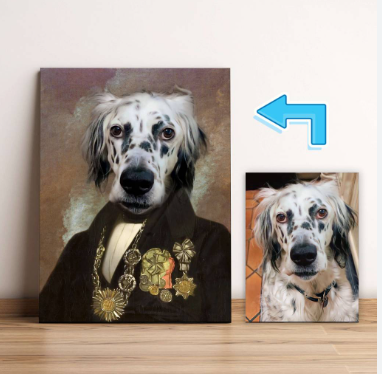
Many people have this myth that painting is hard. This couldn’t be further through the real truth! Painting with oils and acrylics can certainly be quite simple, especially if you just have a couple of basic ideas in mind:
* Use a good amount of color – it’s better to use too much than not enough since unwanted fresh paint will dried up up easily and make an uneven surface. Don’t forget about to slim your paints for heavier brushwork or when using a colour pallette knife. Just mixture them turpentine until they can be properly-thinned out
* A color scheme blade is an excellent instrument for thick applications of paint your pet. It’s also excellent at mixing and mixing shades on the material or papers without resorting to brushes, which could make brushstrokes which are visible when the artwork dries
* It’s better to use papers or a material that is primed with gesso. Gesso results in an even surface that this paint will stick well to, and it also soaks up several of the essential oil from the paints so they don’t rapidly dry out
* Drawings can be hands-attracted before you start piece of art, but drawings are excellent instruments for folks who want their artwork to appear much more practical since when combined with thicker uses of coloration in lean layers, they make dark areas and degree
* Don’t overlook cleaning as you go! You’ll save a lot of time and energy in the event you thoroughly clean your clean every matter of minutes by dipping it into turpentine�just make sure not to get an excessive amount of in your colour pallette knife, otherwise those shades will mix together, which makes it hard to ensure they are independent
These are simply a few simple tips that will make the piece of art appear to be a more simple job. Have fun trying out diverse strategies and instruments until you find what works well with you!

